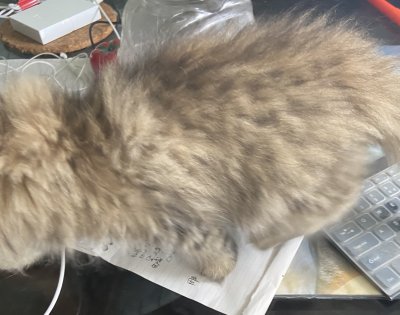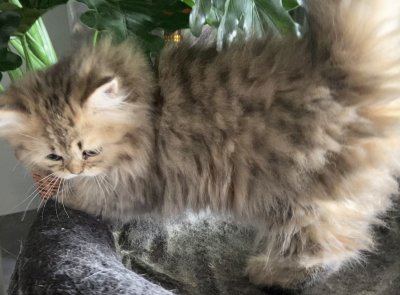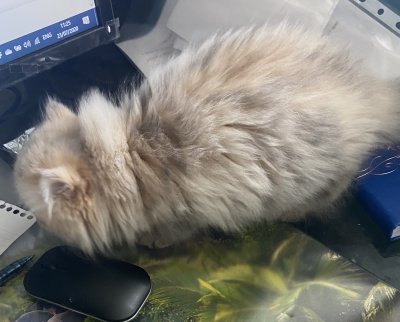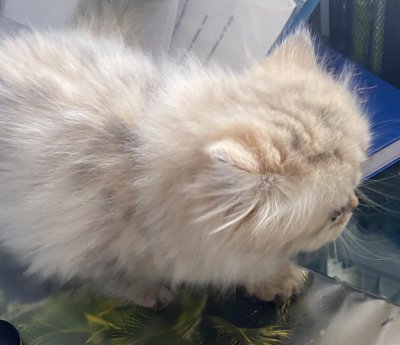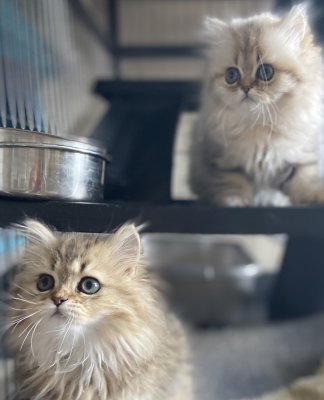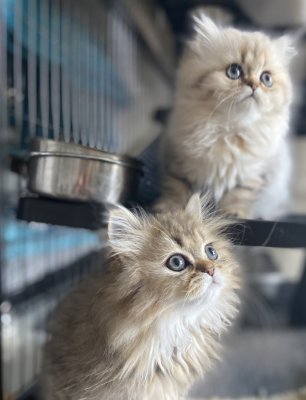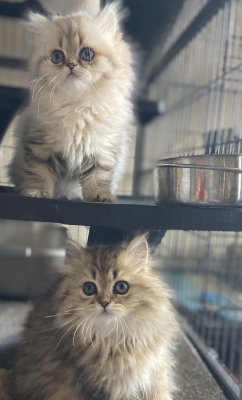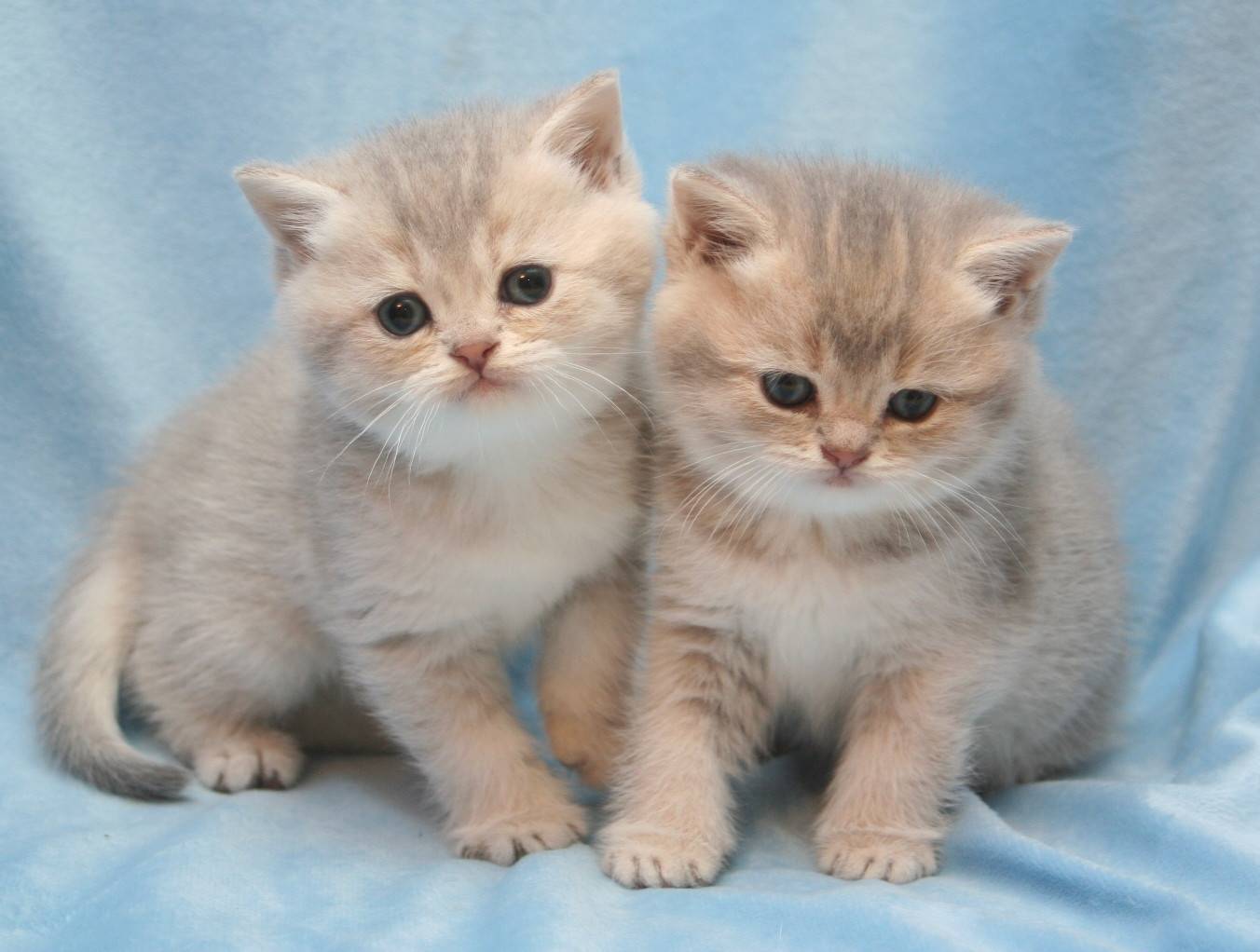I have a few questions regarding golden chinchilla colour gene
picture 1 and 2 are from kitten 1, which I understand as a nomal golden chinchilla, typically the colour become lighter when kittens mature, which become total golden colour.
picure 3 and 4 are from kitten 2. as you can see the colour is much lighter, I think it might be called blue golden? but I am not sure
Is the 2nd colour a dilute version of the 1st one? genetic wise how this colour was created and how will the kitten look like when they reach adulthood?
picture 1 and 2 are from kitten 1, which I understand as a nomal golden chinchilla, typically the colour become lighter when kittens mature, which become total golden colour.
picure 3 and 4 are from kitten 2. as you can see the colour is much lighter, I think it might be called blue golden? but I am not sure
Is the 2nd colour a dilute version of the 1st one? genetic wise how this colour was created and how will the kitten look like when they reach adulthood?
Attachments
-
869.9 KB Views: 125
-
727.8 KB Views: 124
-
855 KB Views: 93
-
689.8 KB Views: 95

